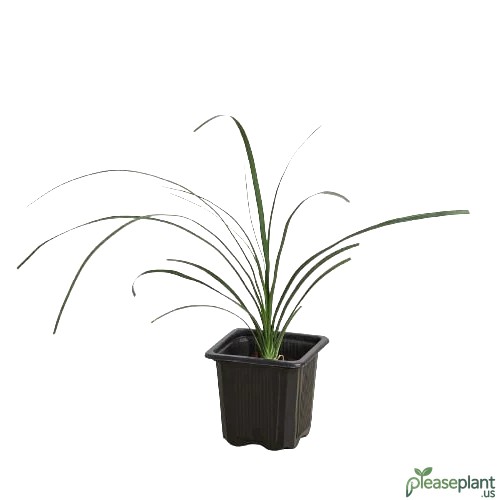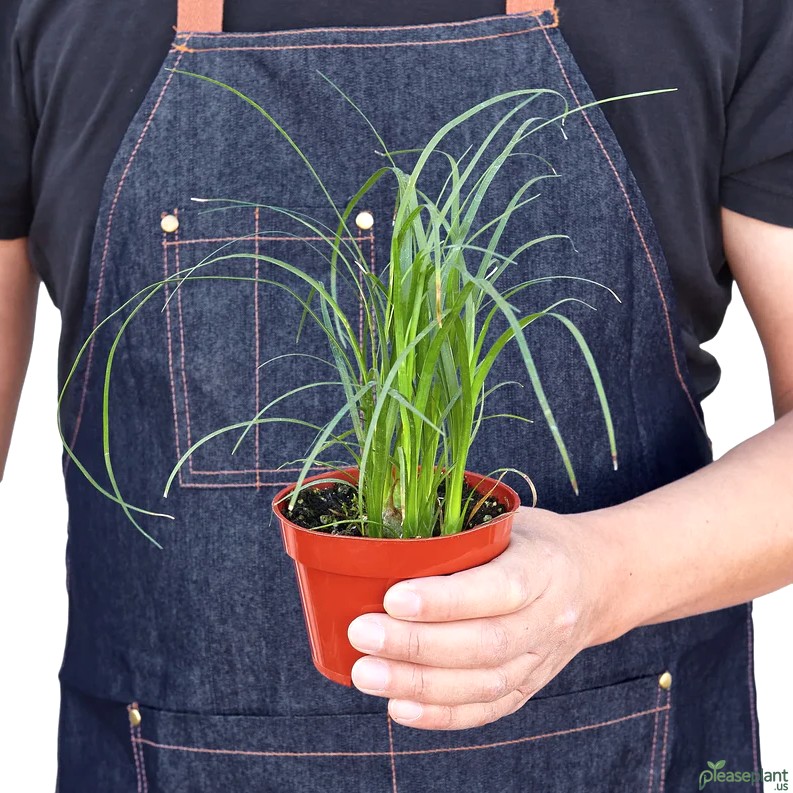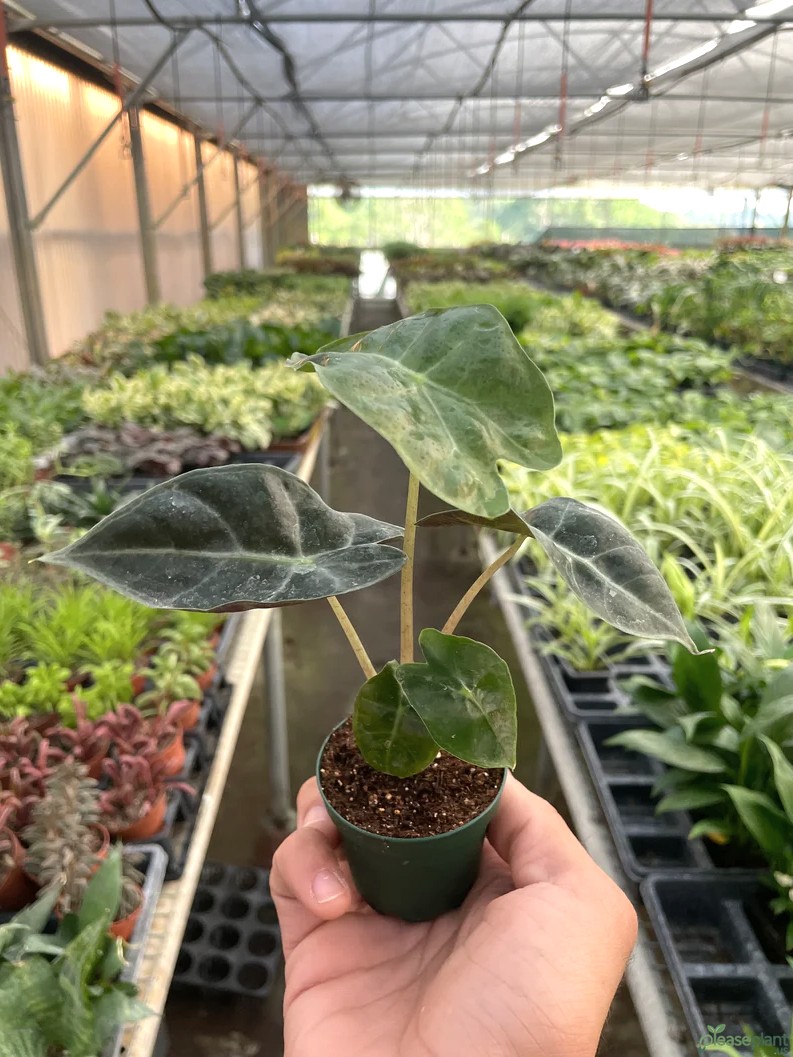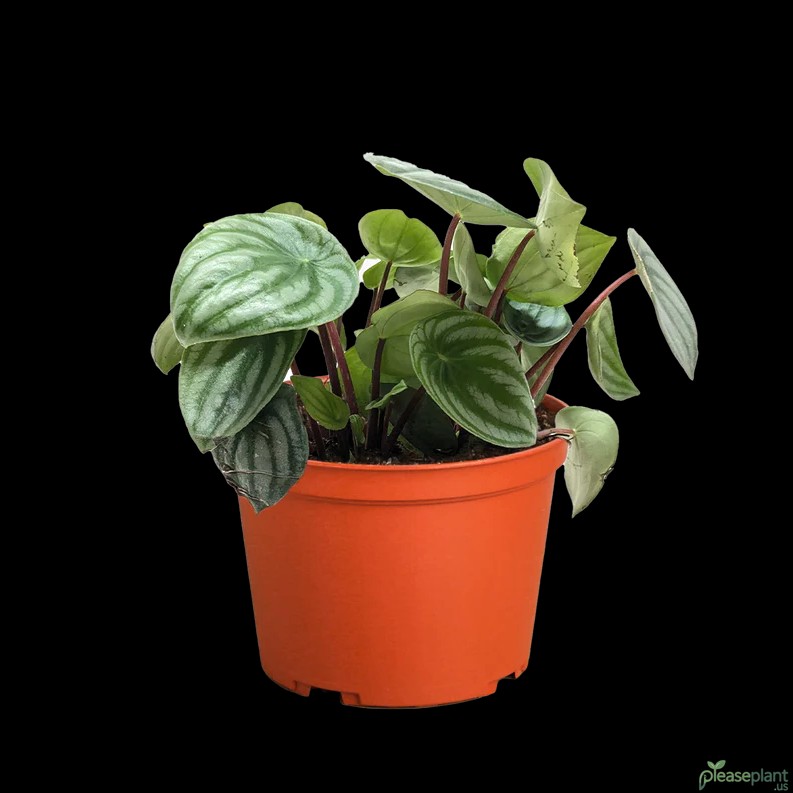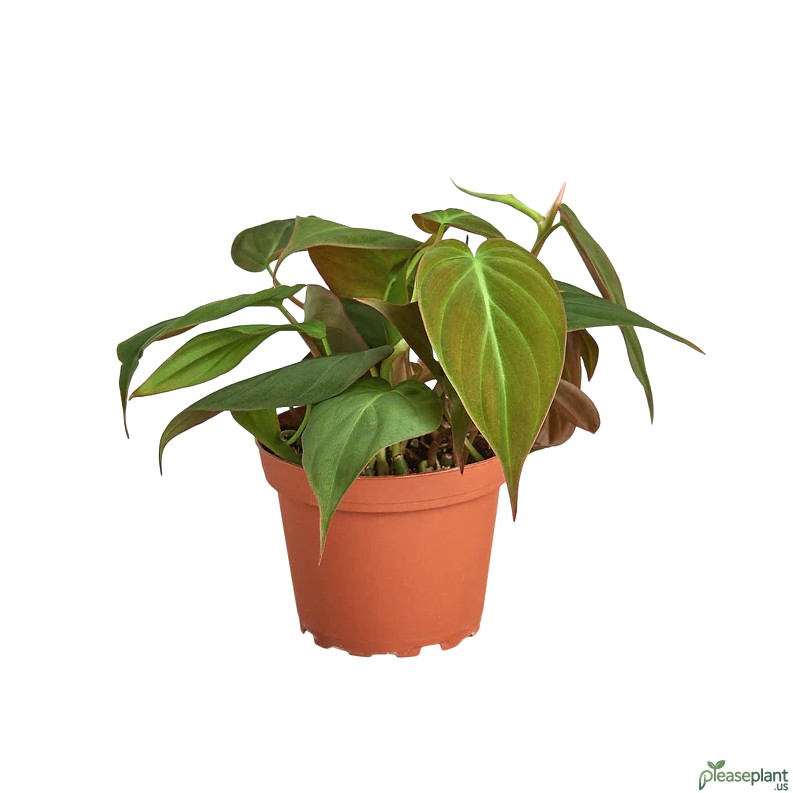Repotting your Palm Ponytail Plant might seem simple, but getting it right can mean the difference between a sad little plant and a giant leafy showstopper. From choosing the right pot to timing and soil mix, this guide spills all the secrets. If you’ve ever wondered why your ponytail palm isn’t growing as huge as you dreamed, it’s probably time for a repot. Let me share what I’ve learned from years of growing these quirky plants and how repotting properly can unlock their full potential.
Let Me Tell You About My Ponytail Journey
I remember when I first got my Palm Ponytail Plant, it was a tiny thing, sitting quietly on my windowsill, barely making a statement. But, boy, did it grow! Not just in height, but in character. The secret? Repotting it right. Now, this isn’t just about shoving the plant into a bigger pot and hoping for the best. No, sir. Repotting the ponytail palm correctly is like giving it a fresh start, a new playground to spread its roots and show off its signature bulbous trunk and cascading leaves.
When Should You Repot Your Palm Ponytail Plant?
Timing is everything. If your ponytail palm seems cramped, roots poking out of the drainage holes, or the soil dries out too quickly, it’s probably begging for a repot. Typically, spring or early summer is best. The plant is waking up from its winter dormancy, ready to channel all that energy into growth. Repotting during this time helps it bounce back quickly without stressing too much. Avoid the winter months unless absolutely necessary because the plant’s growth slows down, and transplant shock can linger longer.
Choosing the Right Pot and Soil Mix
Don’t just grab any pot that’s bigger! The new pot should be about 2-3 inches wider in diameter than the old one. Too big, and you risk waterlogging the roots, which the ponytail palm hates. Drainage is king here, so make sure the pot has enough drainage holes.
For soil, go for a well-draining mix. I usually mix cactus soil with some perlite and a bit of organic matter. This combo keeps the roots happy, preventing rot while holding just enough moisture. Remember, these plants like to dry out between waterings, so heavy, water-retentive soils are a no-no.
The Repotting Dance: Step-by-Step
1. Gently remove the palm from its current pot. You might need to tap the sides or carefully loosen the soil around the edges.
2. Inspect the roots. Trim any that look mushy or dead. This step is crucial to prevent future issues.
3. Place a layer of fresh soil at the bottom of the new pot.
4. Position your ponytail palm in the center, spreading out the roots a bit if they’re tangled.
5. Fill in around the roots with soil, firming gently but not packing it too tight.
6. Water lightly to settle the soil but avoid soaking.
Aftercare: What to Expect
Right after repotting, your ponytail palm might look a bit droopy or stressed. Don’t panic. Keep it in bright, indirect light and hold off on fertilizing for about a month. Overwatering at this stage is a common mistake—let the soil dry out between waterings. Within a few weeks, you’ll start seeing new growth, and soon enough, your plant will be flaunting that iconic, huge, bushy look you wanted.
Common Mistakes and How to Avoid Them
Don’t rush the repotting process or try to repot too often. Ponytail palms like a bit of snugness; they don’t need new pots every year. Also, avoid heavy soils and pots without drainage. And whatever you do, don’t overwater! These palms are drought-tolerant and prefer dry spells.
If you follow these tips, your Palm Ponytail Plant will reward you with huge growth and a dramatic presence in your home. It’s a plant that’s low-maintenance but needs just a bit of attention when it comes to repotting to really shine.

